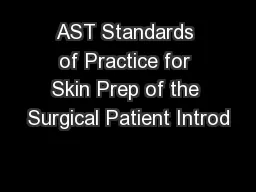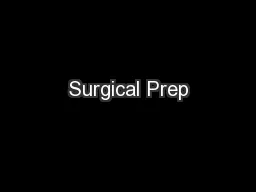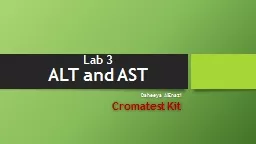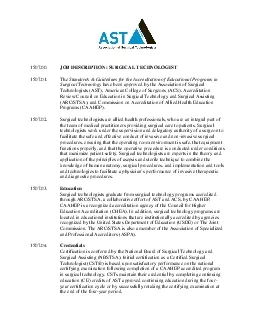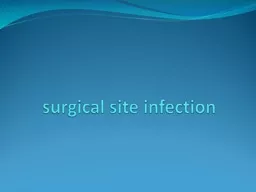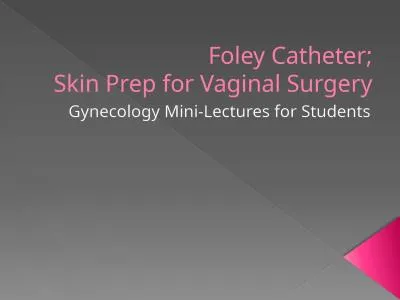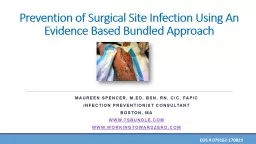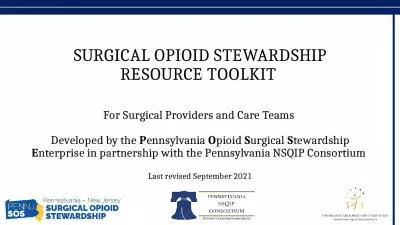PDF-AST Standards of Practice for Skin Prep of the Surgical Patient Introd
Author : pasty-toler | Published Date : 2015-09-30
CHG is inactivated by soaps and shampoos The patient must make sure the soap and shampoo is thoroughly rinsed off CHG is an eye irritant and can burn the corneas
Presentation Embed Code
Download Presentation
Download Presentation The PPT/PDF document "AST Standards of Practice for Skin Prep ..." is the property of its rightful owner. Permission is granted to download and print the materials on this website for personal, non-commercial use only, and to display it on your personal computer provided you do not modify the materials and that you retain all copyright notices contained in the materials. By downloading content from our website, you accept the terms of this agreement.
AST Standards of Practice for Skin Prep of the Surgical Patient Introd: Transcript
Download Rules Of Document
"AST Standards of Practice for Skin Prep of the Surgical Patient Introd"The content belongs to its owner. You may download and print it for personal use, without modification, and keep all copyright notices. By downloading, you agree to these terms.
Related Documents

